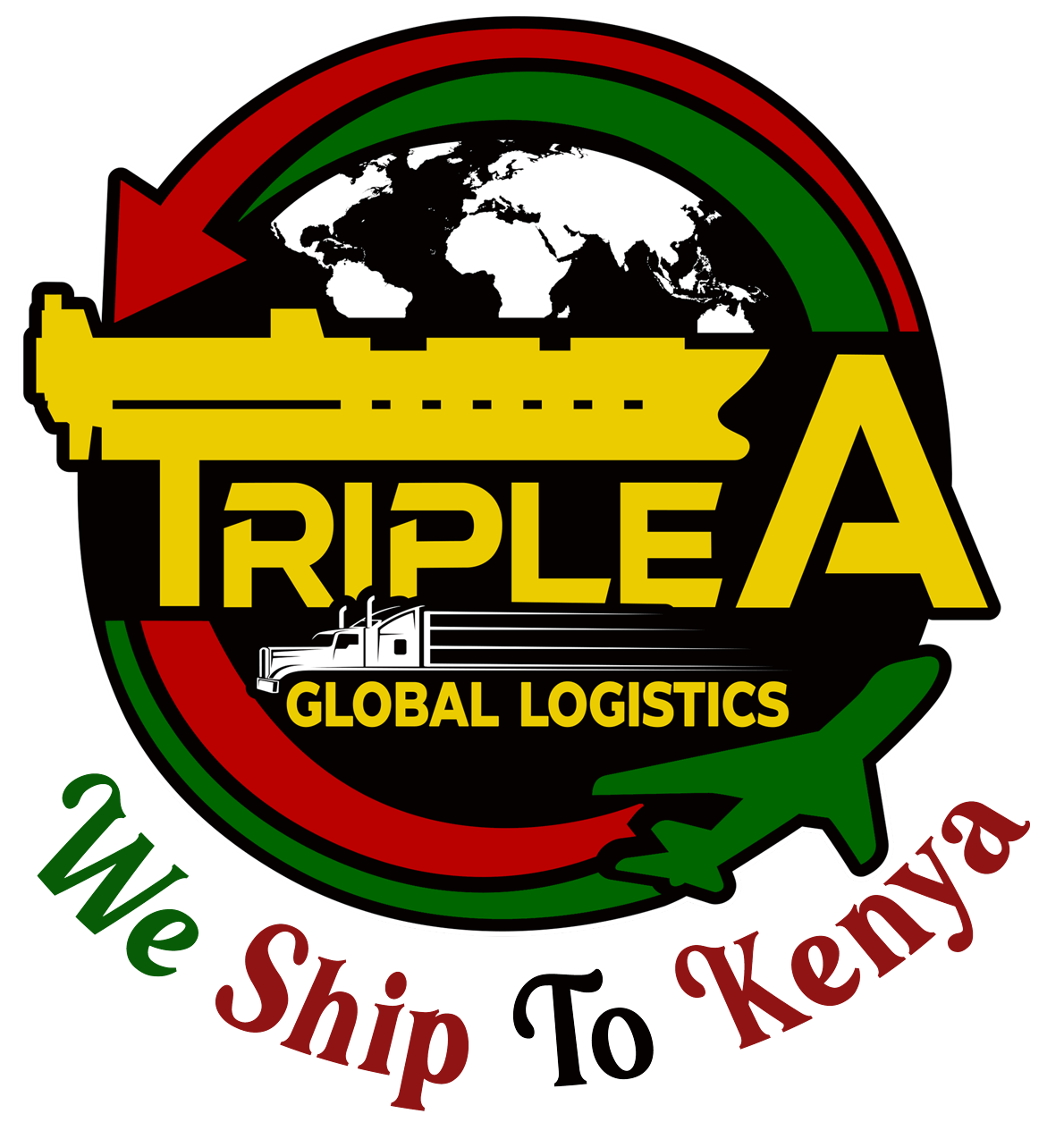Call Us:
+44(0)2039579445
+254 111 81 81 81
Mail Us:
info@tripleafreight.co.uk
Triple A


Comments
Ahaa, its fastidious conversation about this article at this place
at this webpage, Ihave read all that, so now me also commenting at this
place. https://glassi-Info.blogspot.com/2025/08/deposits-and-withdrawals-methods-in.html
Hello my family member! I want to say that this post is awesome, great written and come with almost all important infos.
I would like to peer more posts like this . https://nakshetra.com.np/companies/tonebet-casino/
Today, I went too the beach with my children. I found a sea shell and gave it too my 4 year old daughter annd said “You can hear the ocean if you put this to your ear.” She
placed the shell tto her ear and screamed. There was a hermit crab inside
and it pinhed her ear. She never wants to go back!
LoL I know this is compltely off topic butt I hadd to tell someone! https://Caramellaapp.com/milanmu1/bMm9pGRz8/successful-goalkeepers
Thank you for your sharing. I am worried that I lack creative ideas. It is your article that makes me full of hope. Thank you. But, I have a question, can you help me?
Your point of view caught my eye and was very interesting. Thanks. I have a question for you. https://www.binance.info/register?ref=IHJUI7TF
VN888game does it again! Smooth gameplay, fast payouts– what more could you ask for? My trusted site and it could be yours. Get started with vn888game